Pears
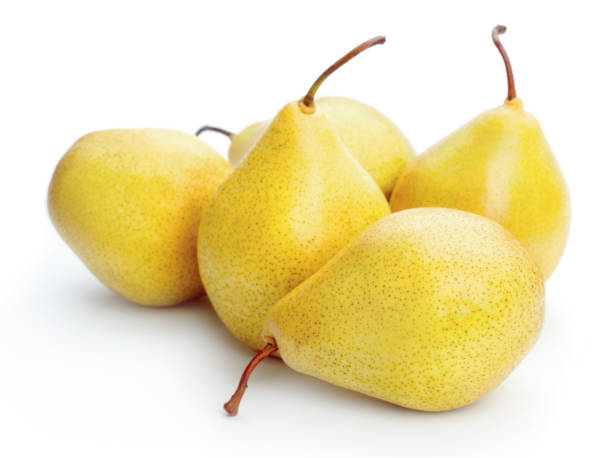
An apple a day? Tempting. But give me a pear, and I’m all in. I’ve always had a soft spot for this graceful, underrated fruit—its subtle floral aroma, grainy texture, and juicy bite that somehow feels both indulgent and wholesome. Whether you prefer the buttery Bartlett, the crisp Bosc, or the blushing Starkrimson, pear season is a quiet joy worth celebrating.
But here’s something fun: pears aren’t the only fruits that bring that soft sweetness and delicate texture to the table. From rugged heirlooms to tropical treasures, a handful of fruits out there look, feel, or even taste surprisingly like pears. Some are their botanical cousins; others just happen to share the same mellow magic.
Below are nine fruits that echo the pear’s charm, each in their own curious way. If you’re a pear lover like me, these might just earn a place in your fruit bowl too.
1. Asian Pear (Nashi Pear)
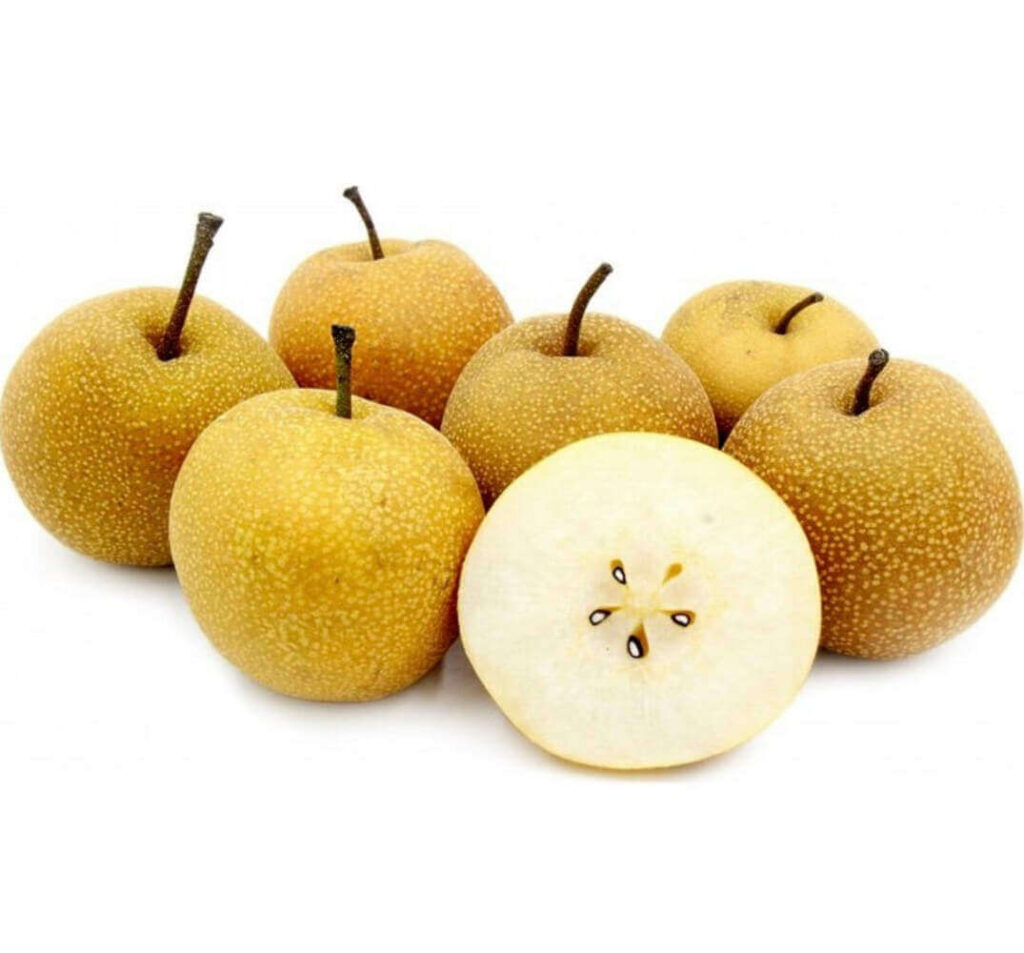
With their crisp texture and round, apple-like shape, Asian pears (or Nashi) are a common bridge between apples and pears. But the similarity to European pears is more than skin-deep. Their juicy crunch is clean and refreshing, and their mild, lightly floral sweetness is distinctly pear-like. Unlike traditional pears, they don’t soften as they ripen—but they still make for an incredibly satisfying fresh snack or salad ingredient.
2. Knobby Russet Apple
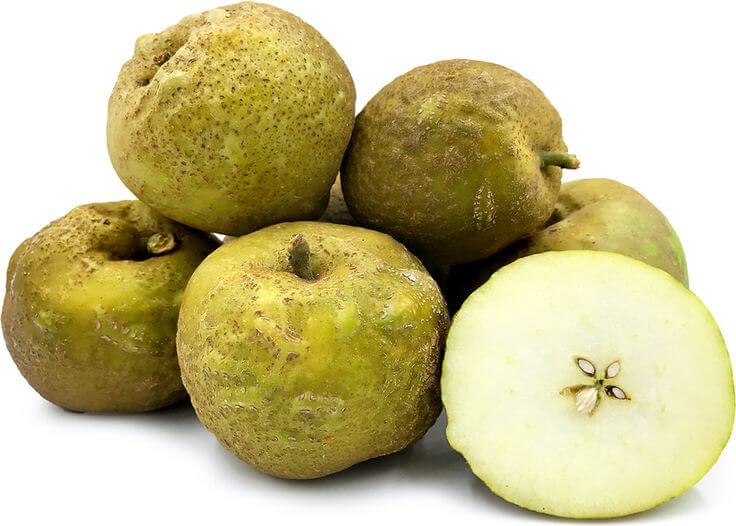
At first glance, the gnarled skin of a knobby russet apple might throw you off—but bite into one, and you’ll discover a firm, finely grained flesh that’s strikingly similar to a crisp pear. Unlike your average shiny apple, russets tend to have mellow, sweet flavors with a nutty, pear-like depth. The dull brown skin even resembles that of a Bosc pear, making this heirloom apple feel like a long-lost relative.
3. Mabolo (Velvet Apple)
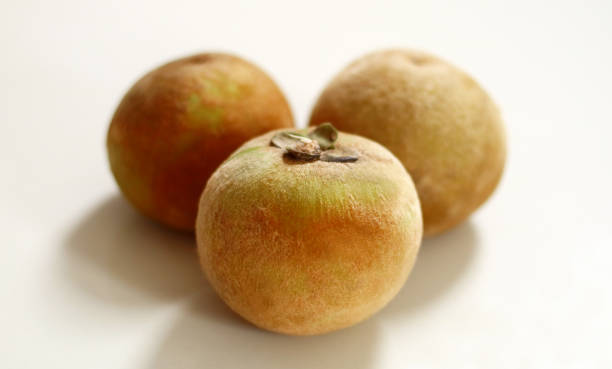
Mabolo, or velvet apple, is a Southeast Asian fruit that looks like a cross between a tomato and a fuzzy-skinned pear. Peel back its reddish, suede-like skin and you’ll find creamy, pale flesh that’s soft, subtly sweet, and mildly floral—very much like an overripe pear. Though it has a stronger scent (some say musky, some say cheesy), the texture and delicacy make it a fascinating pear-like experience.
4.Quince
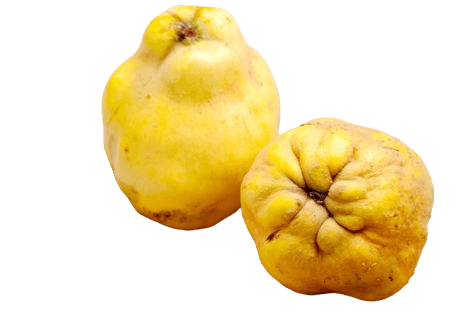
Quinces may look like lumpy pears dipped in lemon zest, but their raw flesh is hard, dry, and sour. The magic happens when they’re cooked—simmered or roasted, quinces transform into something altogether pear-like: tender, fragrant, and honeyed, with hints of apple and spice. If you’ve ever enjoyed poached pears, you’ll love how quinces mellow into soft, rosy perfection when given a little heat.
5.Shipova
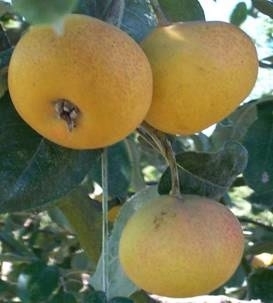
A rare hybrid of pear and rowanberry, the shipova is practically pear royalty. Its small, round fruit has a satiny texture and mellow sweetness that combines the best of both parents. The flavor is gentle, slightly spicy, and distinctly reminiscent of a soft pear. Though not widely grown, those lucky enough to try a shipova often compare it to a pear that’s been kissed by a hint of citrus or apricot.
6. Sapodilla (Chikoo)
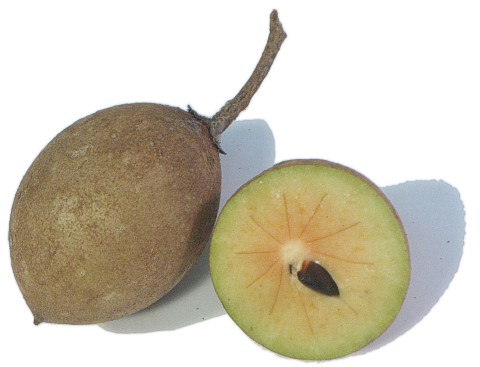
This tropical fruit may not look much like a pear on the outside, but bite into a ripe sapodilla and you’ll understand why it makes this list. Its soft, grainy texture is strikingly similar to a very ripe pear, and its flavor—sweet and malty, like brown sugar or caramel—adds an extra layer of indulgence. If pears had a dessert cousin, this would be it.
7. Medlar
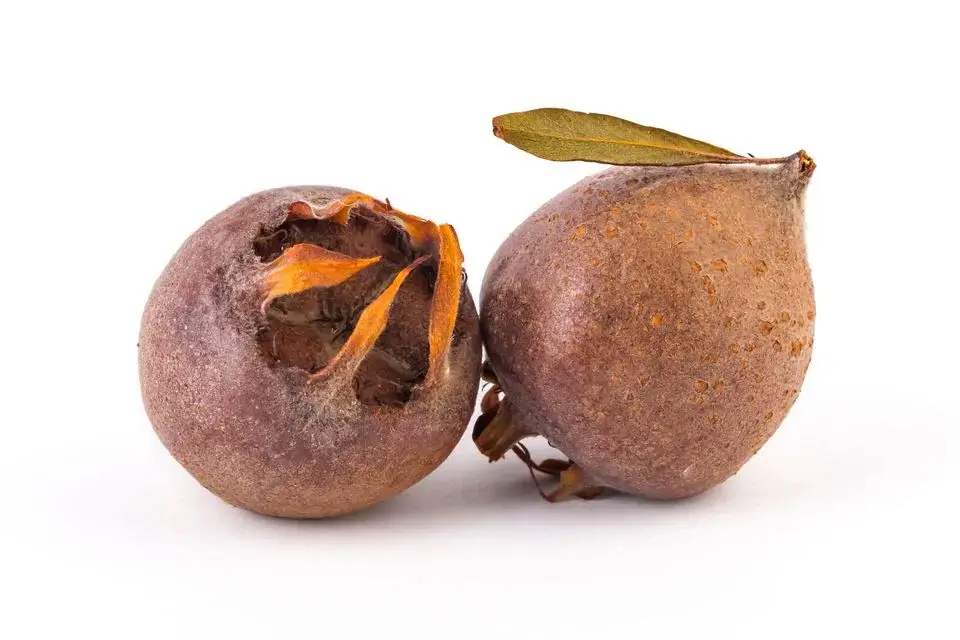
Once common in old-world orchards, medlars are now a bit of a curiosity. The fruit looks like a small, open-ended crabapple, but when allowed to blet (soften through ripening), it turns into a pear-like experience. Its flesh becomes spoon-soft, sweet, and lightly acidic—somewhere between baked apple and ripe pear in both taste and texture. It’s not for everyone, but for fans of pears, it’s a historical treat.
8. Batuan (Garcinia binucao)
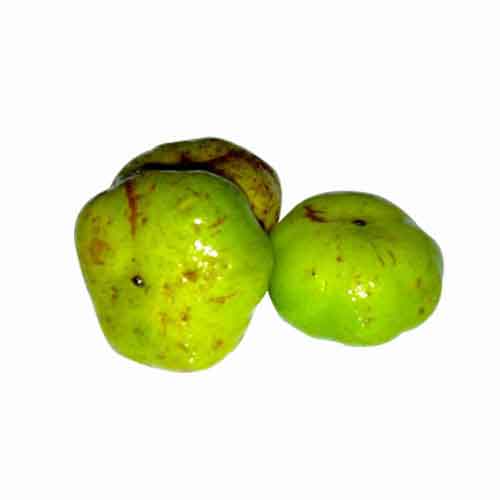
Mostly used as a souring agent in Filipino cooking, batuan may not be sweet like a pear, but its tender, pulpy flesh resembles that of cooking pears used in savory dishes. Once ripened or softened in stews, its texture becomes pliable and juicy—similar to how a firm pear behaves when cooked in soups, sauces, or chutneys.
9. Mamey Apple (Mammea americana)
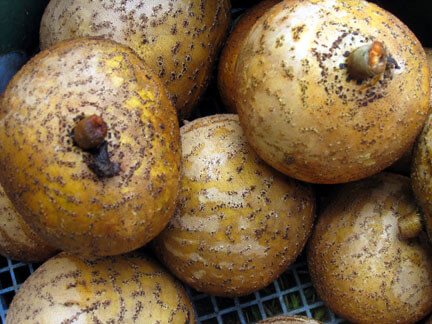
Despite its name, the mamey apple is not a true apple—and flavor-wise, it’s closer to a tropical pear-apricot hybrid. Its flesh is soft, orange, and aromatic, with a taste that’s sweet and floral. The texture when ripe is smooth and melting, similar to dessert pears like Anjou or Comice. It’s an under-the-radar fruit that offers a pear-like mouthfeel with an exotic twist.
